Early Beginnings (1971-1976)

1971: The Idea Takes Root
The idea of starting the Krewe of King Arthur began in a classroom of Ms. Adele Fisher and Susan Lavesseur at Marrero Middle School.
Philip Fricano, Jr. and Carl Scivicque, Jr., then 13 years old, discussed the possibility of creating a new krewe on the Westbank of New Orleans.
1976: High School Initiatives
In their senior year at West Jefferson High School, Philip became the Editor of the yearbook and Carl was the Associate Editor.
They discovered that the yearbook used to host a Mardi Gras Ball to raise funds. They revived West Jefferson High School’s Krewe of Jean Lafitte Bal Masqué, which had been dormant for nearly a decade.
The ball was a great success and fueled Philip and Carl’s interest in Mardi Gras production.

Formation of the Krewe (1977)

1977: Official Charter
Philip and Carl reconnected at the Krewe of Pegasus’s Mardi Gras ball.
On April 12, 1977, Philip chartered the Krewe of King Arthur at the Louisiana Secretary of State’s Office in Baton Rouge.
The initial months were spent meeting with costume makers and float builders to prepare for their first parade.
Challenges and Triumphs (1977-2000)
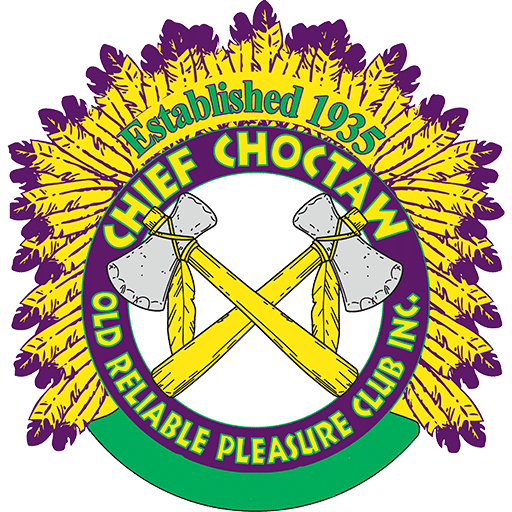
Encounters with Industry Veterans
Philip met with Blaine Kern, a renowned float builder and captain of the Krewe of Alla. Despite Kern’s skepticism and advice to join an existing krewe, Philip was motivated to prove him wrong.
Joe Ory, float builder for the Krewe of Choctaw, introduced Philip and Carl to Mr. Godfrey Boudreaux, Captain of the Krewe of Choctaw. Boudreaux offered them the use of Choctaw’s floats at a nominal fee, allowing them to move forward with their plans.
1978: First Parade
The Krewe of King Arthur secured a permit from the City of Westwego and later from Jefferson Parish, with significant help from Mr. Errol Jacobsen and Mrs. Edith Blanda.
They used 10 of Choctaw’s floats for their first parade, repaying the cost over six months.
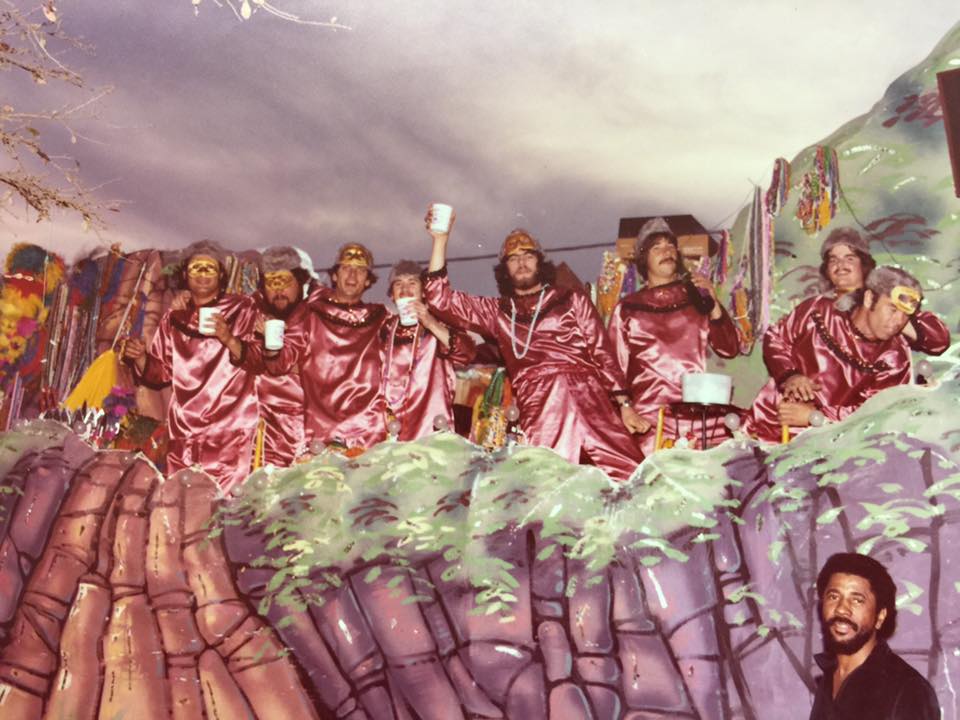
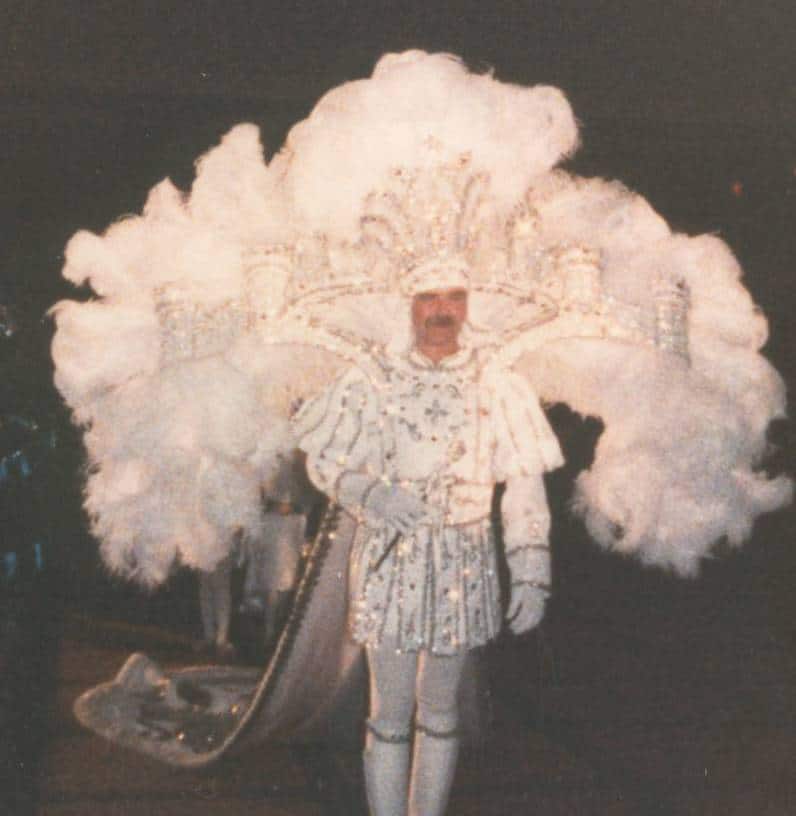
1980s-1990s: Sustaining the Krewe
The Krewe hosted bingos to fund parade costs, but this revenue source diminished significantly after Boomtown Riverboat Casino opened in 1994.
Faced with financial challenges, the Krewe of King Arthur sought new opportunities to sustain their tradition.
Expansion and Growth (2001-Present)
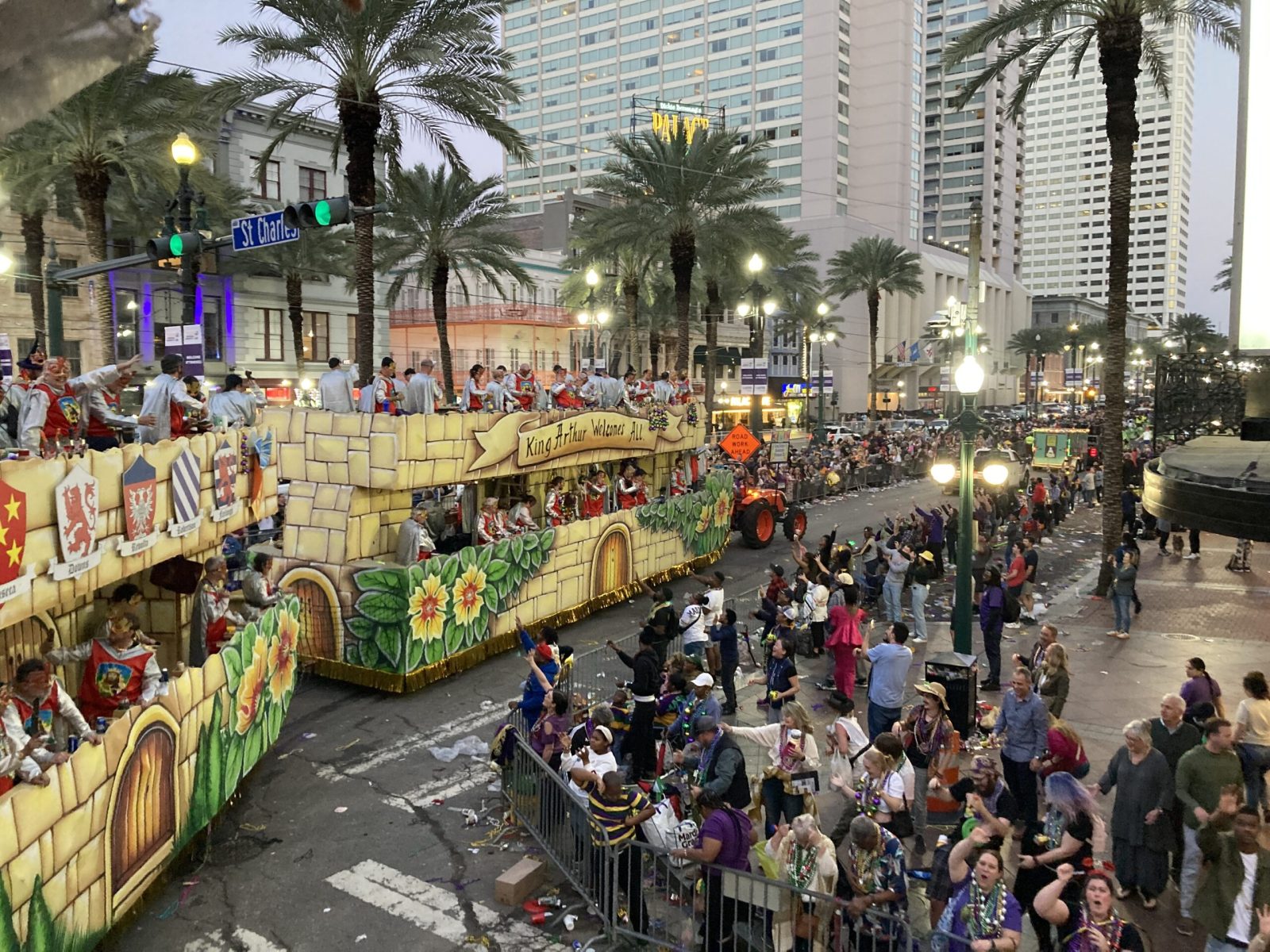
2001: Move to New Orleans
To ensure their survival and growth, the Krewe of King Arthur moved their parade into the city of New Orleans.
This move marked a new era for the krewe, allowing them to attract a larger audience and more participants.
Continued Success and Innovations
The Krewe of King Arthur became the largest parade on the first weekend of Carnival.
They launched Camelot Nation, a philanthropic mission, and introduced their signature throw, The King Arthur Grail.
The “Grail of Grails,” a special grail given to a deserving person in the crowd by a randomly chosen krewe member, became a highlight of the parade.


Current Status
The Krewe of King Arthur continues to thrive, parading on the first Sunday of the Mardi Gras season in New Orleans with 2,000 members.
They remain a symbol of resilience, creativity, and community spirit in the Mardi Gras tradition.
